Popular on Food52
Continue After Advertisement
36 Comments
Pat L.
March 19, 2018
I just discovered Vermont Creamery's cultured butter with sea salt. I think it's great but expensive in the 4oz size that I can find locally.
catalinalacruz
April 16, 2017
Try cultured butter for a complex flavor. I make it using creme fraiche (or Mexican crema). Cultured cream produces cultured butter. Sweet cream butter pales next to it. Cultured cream becomes butter more quickly than fresh cream, and produces a tart buttermilk, perfect for making pancakes. The food processor does the "churning" in about 30 seconds.
bigyin59
April 16, 2017
By culturing the cream for butter with yoghurt the keeping property's are enhanced as well as the flavour, this is what is supposed to be the general way butter was produced before refrigeration.
Anointed
April 14, 2017
Wow! This is amazing! I am loving that i have found this article. Can making butter be that easy. I don't believe I have ever had any other kind of butter except for store bought. I will definitely give it a try! Informative thread of comments.
Jojo F.
March 24, 2016
So true Haley - homemade butter is so delicious! As Alain Ducasse would suggest, try slow-churned butter made by hand! The texture is hard to beat. :) Check us out: www.churncraft.com
ChefJune
January 8, 2016
I'm interested that you didn't include any European (imported) butters in your test. I do like them better than the US butters. I'm referring to Kerrygold and to Isigny-sur-Mer both of which I can get at WFM. The butter I buy in France is better than both of those, but they're pretty darn good.
I_Fortuna
January 8, 2016
I agree. The European butters are gaining popularity in my opinion. Homemade is good too if one can find a good source for cream. : )
Terrie
November 8, 2015
I always make my own butter ~ from unpasteurized cream that is about 1 day old when I get it. Taste is a given and It goes beyond taste for me. Knowing the farmer that raises the cows, seeing the land they live on, and knowing what is fed to the cows gives me confidence that what I am eating is what I want to be eating. No GMO's, or other things that I read about and see going on in big factory farms. I feel lucky to have such resources so close by ~ because I live in a pretty big city.
Haley P.
November 8, 2015
Hi Terrie,
That sounds idyllic! Where do you get your cream from, if you don't mind me asking? Might help some others on the thread if they live nearby.
That sounds idyllic! Where do you get your cream from, if you don't mind me asking? Might help some others on the thread if they live nearby.
Terrie
November 10, 2015
I live in Philadelphia, PA. The farmers are in Lancaster County. If anyone is interested in hearing more, send me your email and I will share the information. One of the farmers does ship via UPS all across the country. Thanks for asking.
Lisa
August 21, 2016
Terrie,
How do I send you my email. I'm interested in finding out the farmers who will ship cream!
How do I send you my email. I'm interested in finding out the farmers who will ship cream!
Tiffany M.
November 6, 2015
So will store bought cream produce better tasting butter than store bought butter?
Haley P.
November 8, 2015
It's hard to compare in such general terms because "store bought" can apply to a range of quality both in terms of store bought butter and cream. If you can find good quality store bought cream, I think it does produce great butter. That said, there are also more and more gourmet butter brands on the market (Ronnybrook, Vermont Creamery, Kate's Butter, and sometimes even locally churned butters). Sounds like you'll have to try making homemade butter and compare it to your local store-bought butters to find out. A butter tasting of your own!
charles L.
November 6, 2015
You've got me itching to try making my own. I'm getting out the old Cuisanarte(?).
Michael W.
November 6, 2015
Having recently returned from the UK i could not agree with you more!
I also went to St Andrews.
For the bakers out there almost all cookbooks tell us to use unsalted butter, but some of the UKs top chefs are now using top quality salted butter.
Try it next time you make pastry,for example.
I also went to St Andrews.
For the bakers out there almost all cookbooks tell us to use unsalted butter, but some of the UKs top chefs are now using top quality salted butter.
Try it next time you make pastry,for example.
Haley P.
November 8, 2015
Yay - a fellow alum!
I am very curious to try baking with my homemade butter. Baking with British butter is very different (i.e. produces different, sometimes not great results). I think it might take a bit of recipe adaptation to get it right, but I can only believe the payoff would taste great!
I am very curious to try baking with my homemade butter. Baking with British butter is very different (i.e. produces different, sometimes not great results). I think it might take a bit of recipe adaptation to get it right, but I can only believe the payoff would taste great!
Cav
November 6, 2015
I spent over thirty years eating British butter. Then I moved to the States. And toast and sandwiches tasted wrong, baking was bland, even a brown butter sauce lacked punch. It took reading a (I think) Consumer Reports article, where they taste tested butters, to realise what I was missing. They both liked and disliked the Kerrygold because it reminded them of the artificial butter you get on popcorn. Which is a butter flavour formulated according to how good old fashioned butter tastes. Much like artificial banana tastes wrong because it was formulated from the now extinct Cavendish banana. As agricultural practices were replaced by industrial processes; tomatoes from a hothouse, apples picked before ripe, strawberries in winter, what actually gave these things their flavours is watered down. So much so that grass fed butter, a wild strawberry, a home grown tomato or an apple from your own tree is revelatory.
And even the grass the cows eat is important. Irish, British and French grass is different to that on the plains of the Mid-West. You get differing flavours from them. All this counts for the taste of butter, cheese, milk, cream and beef.
So yeah. .Don't get me started on American cheddar!
And even the grass the cows eat is important. Irish, British and French grass is different to that on the plains of the Mid-West. You get differing flavours from them. All this counts for the taste of butter, cheese, milk, cream and beef.
So yeah. .Don't get me started on American cheddar!
Hector L.
November 6, 2015
Please help. I use unsalted butter and leave it in a French butter keeper on the counter so it will "turn" because I like that taste. With luck, but not always, blue streaks (mold?) will develop on the bottom of it; tasting of blue cheese. What is it? How do I promote its growth?
Haley P.
November 8, 2015
Hi Hector, I'm not sure about the blue mold you refer to (sounds kind of scary!), but you can make your own cultured butter, which has the tangy taste you might be after. Here's a recipe from Ashely Rodriguez, one of our contributors! https://food52.com/recipes/16645-homemade-cultured-butter
I_Fortuna
November 6, 2015
Since I discovered Kerrygold, it is all we buy. I have made butter at home and it is fine but now it is not necessary now.
I am wondering why your butter appears so yellow. Mine homemade never did. Do you add a colorant?
I am wondering why your butter appears so yellow. Mine homemade never did. Do you add a colorant?
Haley P.
November 6, 2015
Great question! I don't use a colorant. The color totally depends on the cream I use. Grass-fed cows tend to produce much yellower cream and butter in my experience.
Cav
November 6, 2015
Good quality West Country double cream is thick yellow joy. Grass counts for so much when it comes to cows.
catalinalacruz
November 6, 2015
I am fortunate to have access to crema from grass-fed cows, and the butter made from it is always a nice, yellow color.
epicharis
October 11, 2015
As a Trickling Springs devotee, this doesn't surprise me at all. Their ice cream already tastes like butter! I'll have to get butter from their shop later this week.
Haley P.
October 12, 2015
So glad to connect with a fellow enthusiast! Please pay them my compliments when you stop by!
catalinalacruz
October 11, 2015
I have recently been making butter from Mexican crema (I live in Mexico, so easy to find), which is practically the same thing as crème fraîche. As this is a cultured cream product, the slight acidity results in a more complex butter flavor. This is the same as the touted cultured butter, and stands head and shoulders above sweet cream butter in taste. Try the eaay method of making butter in a food processor, as written up in the New York Times.
catalinalacruz
November 6, 2015
Haley, you can make crème fraîche yourself: http://cooking.nytimes.com/recipes/1016205-creme-fraiche
And then to make butter in a food processor: http://cooking.nytimes.com/recipes/1016206-cultured-butter
And then to make butter in a food processor: http://cooking.nytimes.com/recipes/1016206-cultured-butter
Annie S.
October 11, 2015
We are fortunate to belong to an organic raw dairy buying club. We get " hard cream" which is great for churning as well as pouring cream. They also sell their own butter which is very good. But of all the butter the one that gets me is goat milk butter! It is expensive and I treat it like caviar.
Haley P.
October 12, 2015
Sounds delish! I was just talking about testing butter made with goat milk. I'm curious about how that compares. What buying club do you belong to? Is it available to NYC-ers (crossing my fingers)?
Sabrina
October 11, 2015
Even though I rarely have the time for homemade butter (read: driving to the local organic milk farm shop during the opening times to pick up the freshest cream and driving back home) when it happens it's always that much more appreciated and out of this world taste wise. Great article which again proves: artisan, local and organic is the way to go!
Cindie
November 11, 2015
I think the answer was in the middle of the results.....SALT. Doesn't take much but it needs to be enough. There is always homemade butter in my freezer just in case I have guest coming. For normal cooking storebought butter is fine, but if I want bread and butter I want good butter and that's homemade.
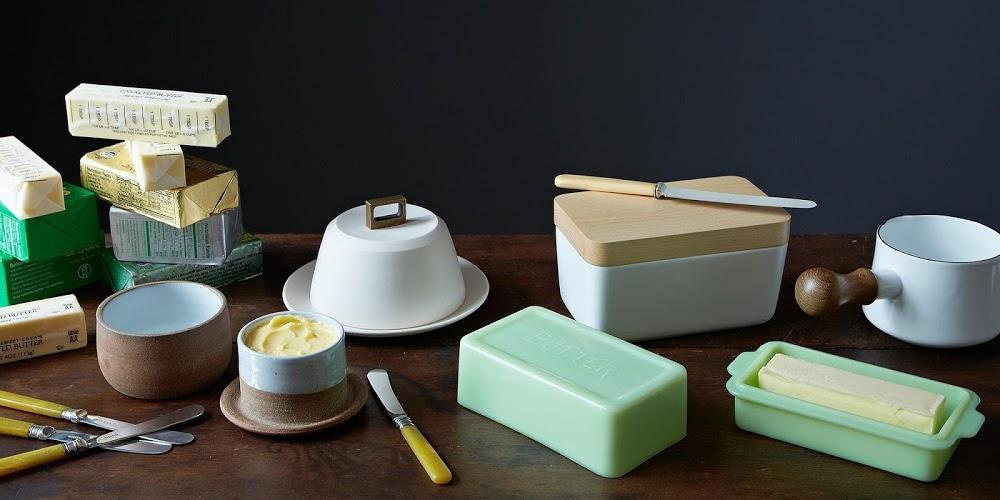
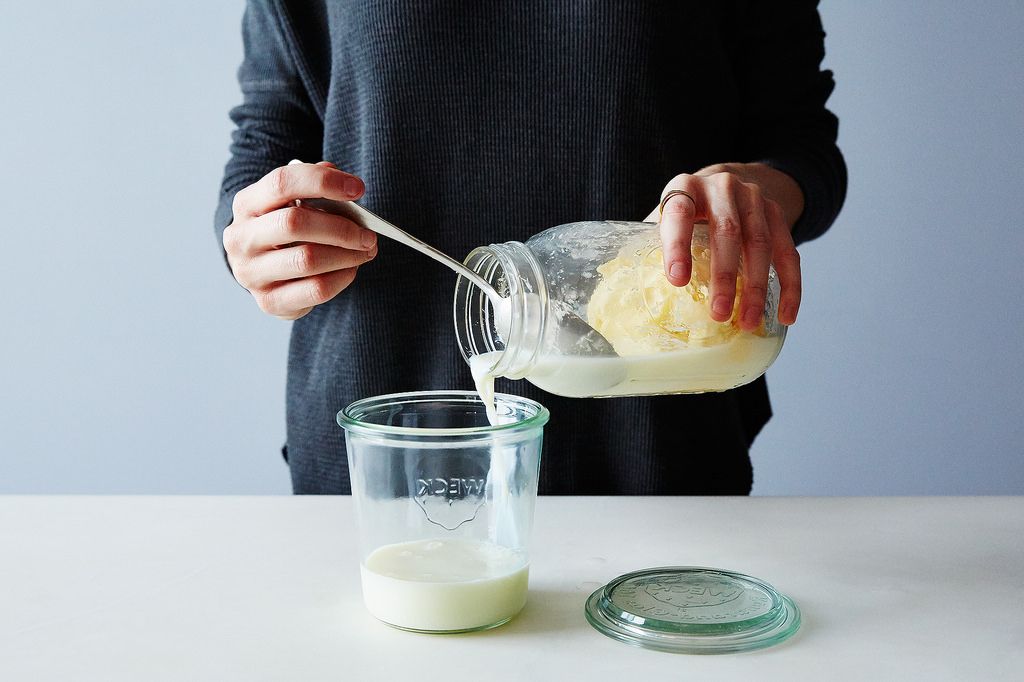
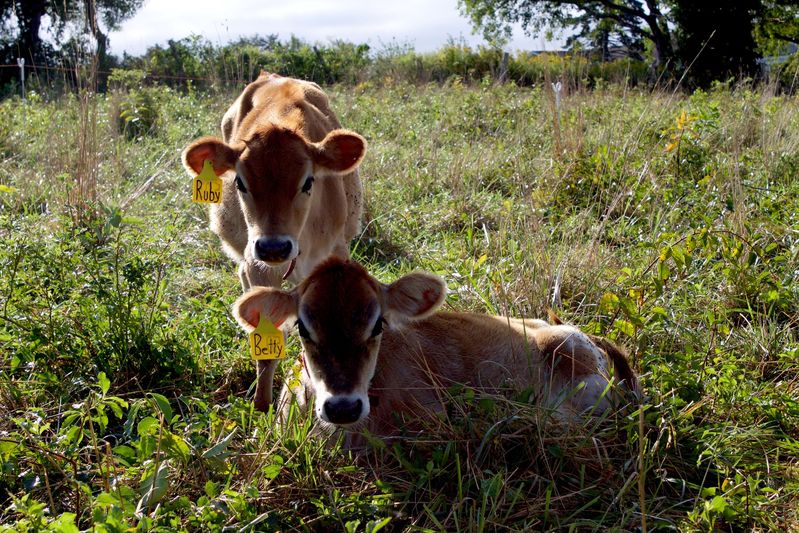
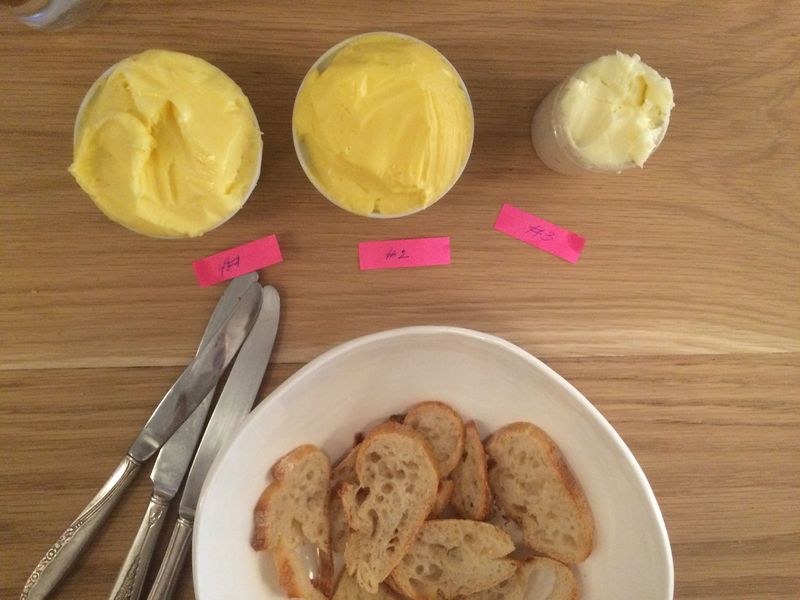
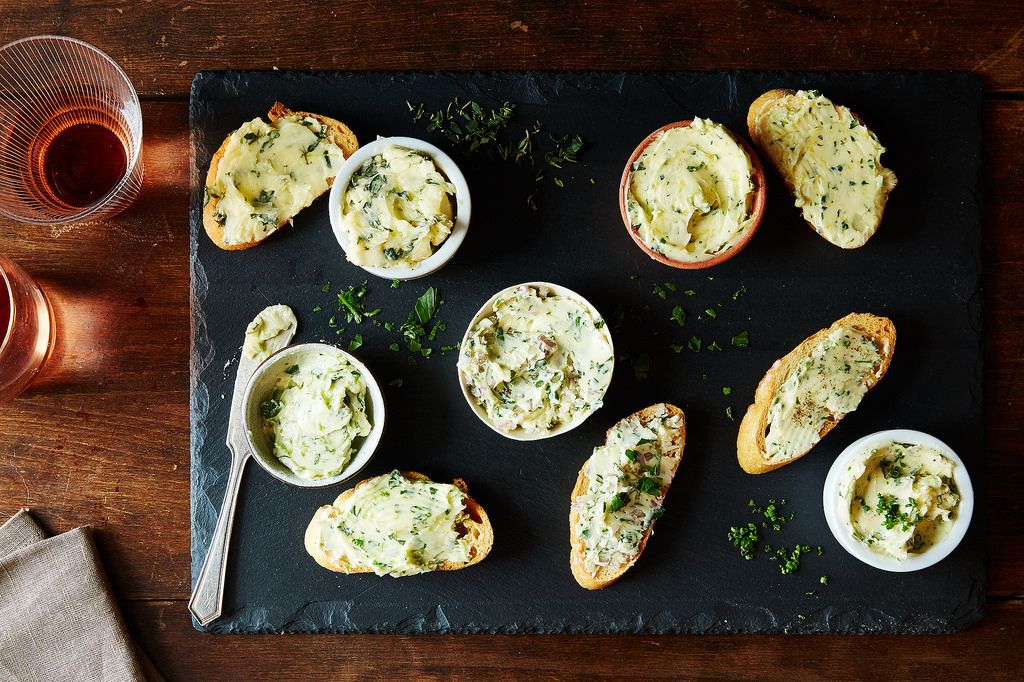
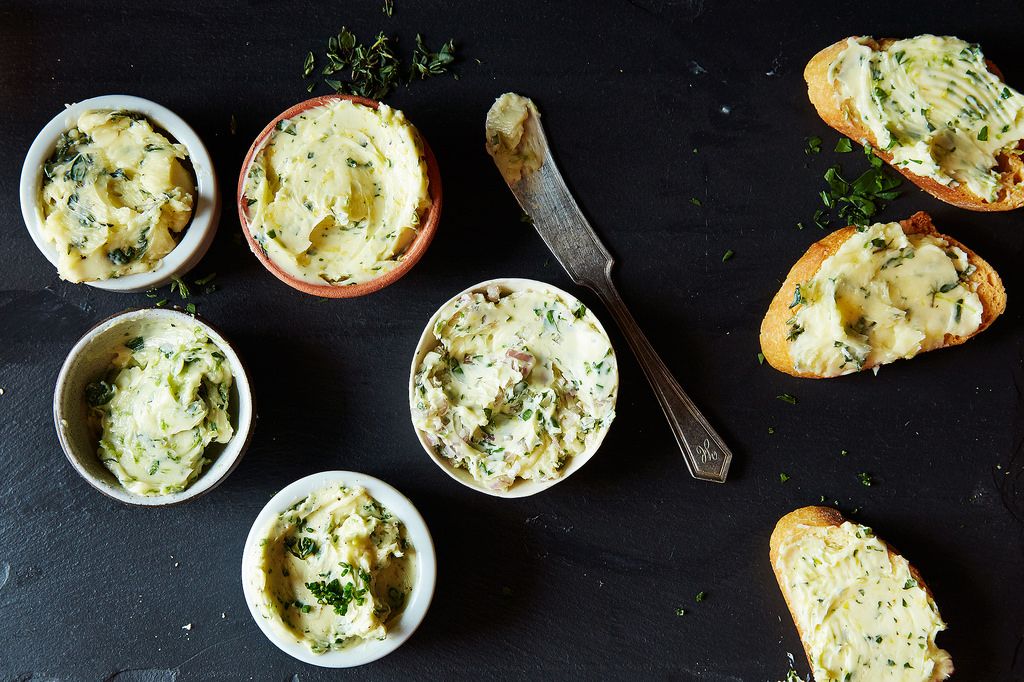

See what other Food52 readers are saying.